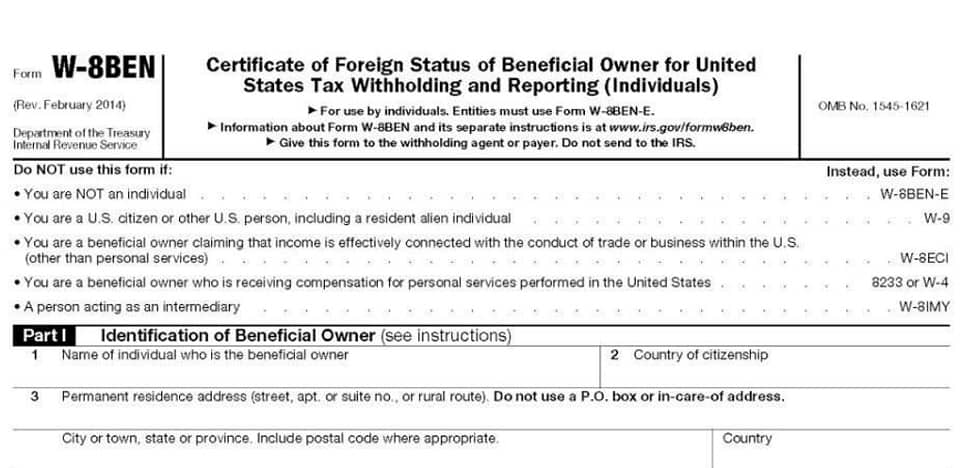
At the end of the life we will record any gain or loss at the time of disposal or retirement of the asset. Sometimes assets are traded for other assets, and that must be accounted for in the same manner as a disposal or retirement. When companies purchase Tangible assets or invest in Brand building exercises (Intangible assets), the company spreads the asset’s purchase value over the asset’s economic useful life.
In a normal yield curve, short-term debt instruments have a lower yield than long-term debt instruments of the same credit quality. Despite an uneven descent in inflation,3 the Fed may still be nearing the end of a tightening cycle that made cash savings rates attractive. Not only does it require long hours, heavy responsibility, and a lot of hope, but owning your own business also comes with more costs than you can imagine. With a little bit of time, however, many businesses are able to grow to the point of stability and profit. After early years of nothing but debt and hard work, the moment that a business owner discovers they are making money can be absolutely momentous.
Want More Helpful Articles About Running a Business?
In the scenario of a company in a high-risk industry, understanding which assets are tangible and intangible helps to assess its solvency and risk. Operating assets are those used in the daily functioning fixed assets examples of a business and its generation of revenue, such as cash or machinery and equipment. Non-operating assets do not directly relate to operations but still contribute to revenue generation.
- Other income includes monies received in interest income, sale of subsidiary companies, rental income etc.
- This ratio gives visibility into how old an organization’s fixed assets are.
- However, the value of the building, $15 million, will be reported as a fixed asset on the balance sheet.
- Fixed assets are assets (both tangible and intangible) that the company owns, which cannot be converted to cash easily or which cannot be liquidated easily.
- But there are few cases where assets are disposed of without any compensation from them.
- If assets are classified based on their usage or purpose, assets are classified as either operating assets or non-operating assets.
Profits may outweigh costs and, with luck, assets can outnumber debts. Depreciation expense represents the decrease in the value of the asset as a result of use. Depreciation is when an asset decreases in value, usually because of normal wear and tear.
Can We Now Figure Out a List of Good and Bad Loans?
An owner could look at this number and decide if they need to replace anything to improve their operations. Find your net fixed assets by looking at your balance sheet in your accounting software. FreshBooks has cloud accounting software that makes finding and understanding your balance sheet simple.
This can be for a single asset purchase or a group of similar assets purchased around the same time. Capitalizing relatively insignificant purchases does not improve the readability of financial statements and may end up costing an entity more than the asset’s value. Current assets, in essence, are the assets your business owns that are used as money, rather than actual company property. Financial investments, company inventory, and even cash are considered current assets, as they typically change hands frequently. In comparison, fixed assets are used to generate money and are fixtures of the business in the long run. The average age of fixed assets, commonly referred to as the average age of PP&E is calculated by dividing accumulated depreciation by the gross balance of fixed assets.
Right-of-use assets vs. fixed assets
The value of the assets depletes over time, as the assets lose their production capacity due to obsolescence and physical wear and tear. This value is called the Depreciation expense, shown in the Profit and Loss Account and the Balance Sheet. Similar to what we learnt in the previous chapter, non-current assets talk about the company’s assets, the economic benefit of which is enjoyed over a long period (beyond 365 days). Remember, an asset owned by a company is expected to give the company an economic benefit over its useful life. Companies that more efficiently use their fixed assets enjoy a competitive advantage over their competitors. An understanding of what is and isn’t a fixed asset is of great importance to investors, as it impacts the evaluation of a company.

Finally, almost all companies have some fixed assets they use to organize their business operations—perhaps to facilitate transactions, expedite work, or protect other assets. For example,the operational fixed assets of a tiny home goods store likely include a point-of-sale system, computers for owners and buyers, and a security system for the storefront. Fixed assets are often referred to as property, plant, and equipment, or PPE—the three most common kinds of fixed assets.